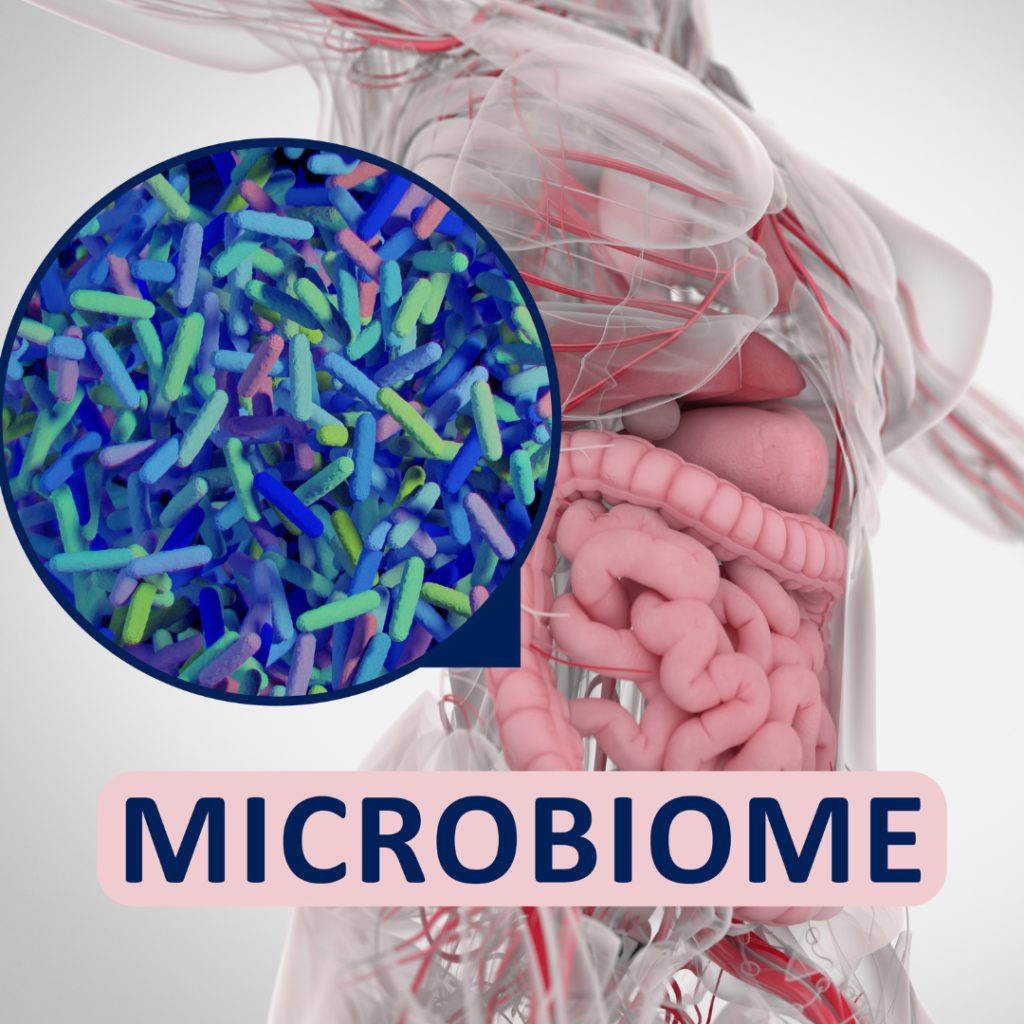Circulation, Inflammation & Fatigue
By Susan Tanner M.D.
Chronic fatigue has been associated with mold and mycotoxin exposure along with a myriad of other primary or secondary events. In past articles I have discussed many reasons that fatigue may occur, covering the gamut from hormonal imbalances ( thyroid, adrenal, pituitary), impact on the organ systems such as liver and kidneys, and cell dysfunction whereby the mitochondria of the cells cannot produce the energy needed to drive other metabolic processes. An area we have not discussed directly, however, has to do with circulation. The direct line of thinking with circulatory problems goes to blockages, as in heart disease or other blocked arteries. However, there can be circulatory problems related to several phenomena that occur when toxin levels and/or inflammatory levels are high.
What causes circulatory problems?
Sedentary lifestyle, chronic stress, overweight, poor diet, lack of sunlight, disrupted sleep, and chronic inflammation from any cause.
Many of these, at source, go back to a single or combination of toxic or infectious events. In recent years we have seen significant numbers of patients whose scale may be tipped by COVID infection, possibly due to the ongoing nature of the spike protein in the bloodstream. (Exact mechanism has NOT been positively defined but studies continue).
When do you suspect that circulation may be a problem? There are several symptoms, and the more of these you have, the more likely that there is some level of an issue with circulation. Often this is in the small blood vessels, the capillaries, not the major arteries which present with more dramatic and substantial symptoms.
Symptoms of circulatory problems:
There are several symptoms of circulatory problems, and the more of these you have, the more likely that there is some level of issue. Often circulatory complications reside in the small blood vessels, the capillaries, not the major arteries which present with more dramatic and substantial symptoms. Symptoms can include, but are not limited to the following:
- Blood pressure problems with wide swings between highs and lows, or sudden onset of hyper or hypo tension;
- Cognitive impairment, or brain fog;
- Fatigue, not related to the degree of physical activity;
- Change in sexual function;
- Muscles that twitch, hurt, or feel weak with symptoms prominent when you walk;
- “Pins and needles” sensations on the skin;
- Pale or blue skin, particularly on fingers and toes;
- Cold fingers or toes;
- Numbness;
- Bulging veins.
Of course, if this is happening, then trying to ascertain the root causes(s) is very important. There are times, however, when the root cause HAS been identified and there are still ongoing symptoms that are suspected of circulatory origin. If this is the case, it should be an indication to check the environment for potential exposure to mold and mycotoxins. If mold is found to be present, it will be difficult to gain any improvements if the source of toxins is not addressed and eliminated and exposure continues.
How can circulation be improved?
There are a number of strategies and treatments which can help in improving microcirculation and make a real difference in how you feel and function. These may be used singly or in combination, always with the approval and supervision of your physician! While many of these are herbs, remember that herbs are medicines and should be approached as such. If you are on blood thinners of any type or have surgery in the near future do not use these without professional advice.
Herbs and Supplements for Circulatory Health
- Dan Shen (Salvia root) – This is an herb thought to invigorate circulation, relieve anxiety, calm heart “fire”, inhibit blood coagulation, lower blood pressure and cholesterol, and improve capillary blood flow. It may also maintain the integrity of the blood/brain barrier.
- Gingko Biloba – This one may be more familiar to you as it has long been suggested as a help for neurocognitive support. It also supports improvements in vertigo, tinnitus, vascular dementia, traumatic brain injury, and neuropathy.
- Panax Notoginseng – This herb supports microcirculation by removing stagnant blood and dispersing it. It may also sedate pain by reducing inflammation.
- He Shou Wu Root – This has an action similar to the body’s natural steroids, which are buffers to inflammation. It is thought to replenish the vital essence of liver and kidney function.
- Boswellia (also known as Frankincense) – helps in calming the mind, clearing cerebral circulation, and promoting healing. It is often used in combination with Myrrh, which has similar properties.
- L-Citrulline – an amino acid that can recycle arginine to increase NO2 ( nitric oxide) and thereby improve circulation to tissues. It is often used in exercise recovery with athletes and can help with the support and function of the pituitary gland for growth hormone support.
While these herbs and nutrients may be used singly or one at a time, there is a rationale to use a combination for optimal results. In researching formulas, I have found that Quicksilver Labs “Performance Cardio +” has all of these in one liquid and the components are laboratory tested for purity. I am not advocating using these interventions as substitutes for any of the measures of detox, diet, or clean air that must be done and continued, but if there is an element of circulatory compromise present, then the use of some of these herbs and supplements may help in your efforts to regain vitality. Additionally, restoring immunity, reducing inflammation, and maintaining protection against recurrent infections from viruses, certain bacteria, and the subsequent circulatory impacts are critical to overall health.
These abovementioned herbs and nutritional supplements may be purchased with your patient discount at https://wellevate.me/susantanner


